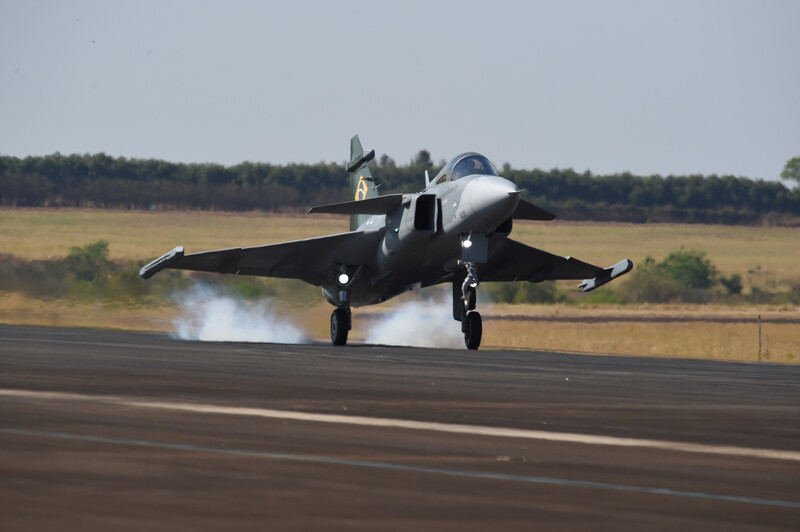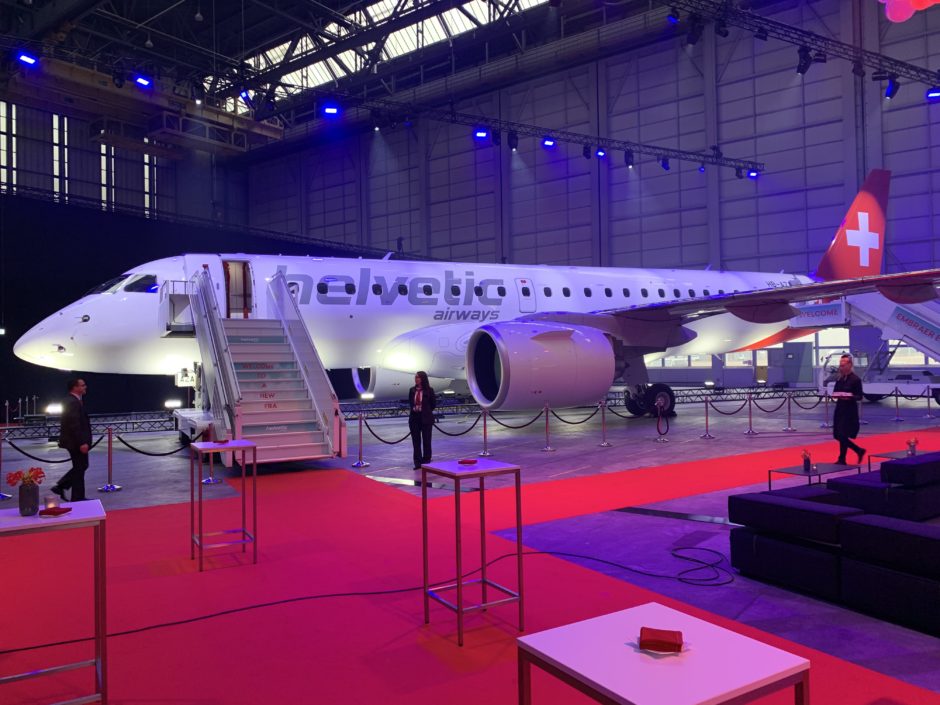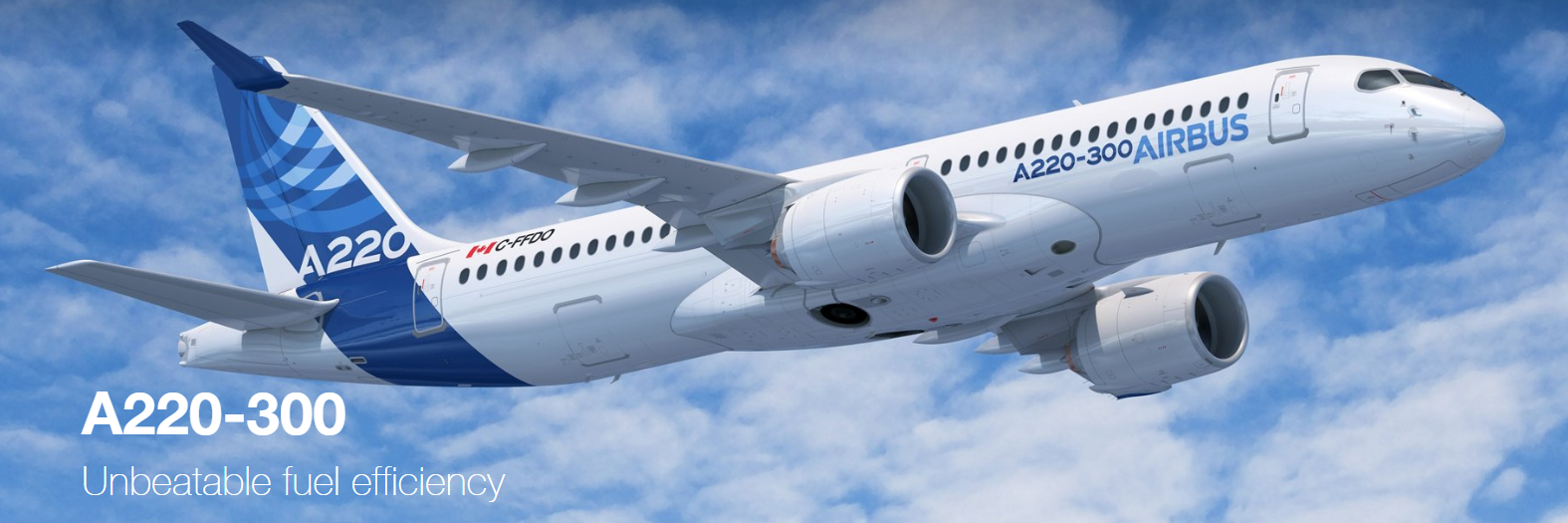The first Brazilian Gripen E, designated by Brazilian Air Force (FAB) as F-39 Gripen, concluded its first flight in Brazil. The aircraft flew from the airport in Navegantes to Embraer’s facility in Gavião Peixoto. The official presentation of the aircraft is scheduled to take place during the Aviator’s Day and the Brazilian Air Force Day ceremony in Brasilia, celebrated on the 23rd of October.
The President and CEO of Embraer Defense & Security, Jackson Schneider, highlighted the scope of this partnership: “Embraer will play a leading role in the execution of the Gripen programme in Brazil and will be responsible for systems development, integration, flight testing, final assembly, and delivery of the aircraft in support of Brazilian Air Force operations. In terms of technology transfer, the Gripen programme is a great opportunity to increase our knowledge in the development and manufacturing of advanced combat aircraft.”
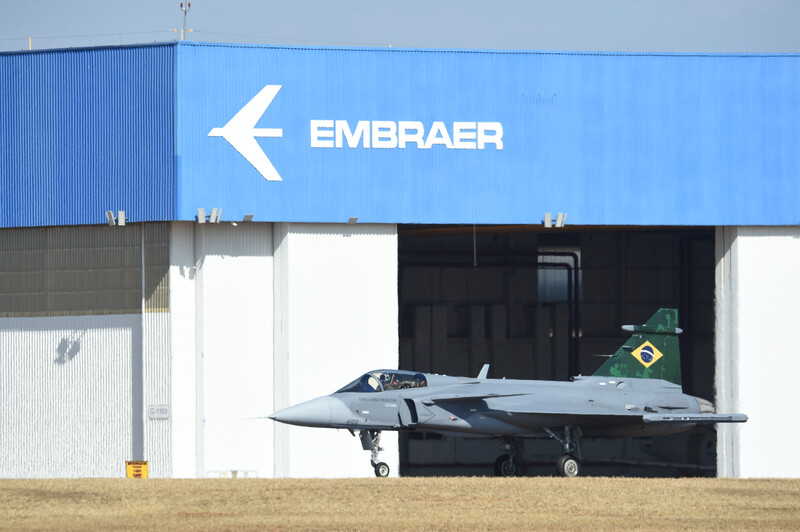
The Brazilian Minister of Defence, Fernando Azevedo e Silva also highlighted the importance of sharing experiences arising from cooperation between Brazil and Sweden: “Gripen increases the operational capacity of the Brazilian Air Force and promotes a partnership that fosters research and industrial development in both countries,” the Minister of Defence declared.
For the Air Force Commander, Lt. Brig. Antonio Carlos Moretti Bermudez, the arrival of the first F-39 Gripen aircraft is a major milestone for the project: “It is an immense satisfaction for the Brazilian Air Force to see this aircraft flying on national territory. The F-39 Gripen, the new Brazilian Air Force multi-mission aircraft, will be the backbone of Fighter Aviation and it reaffirms the FAB’s commitment to maintaining the country’s sovereignty and to defend the twenty-two million square kilometres under its responsibility”, Lt. Brig. Antonio Carlos Moretti Bermudez points out.
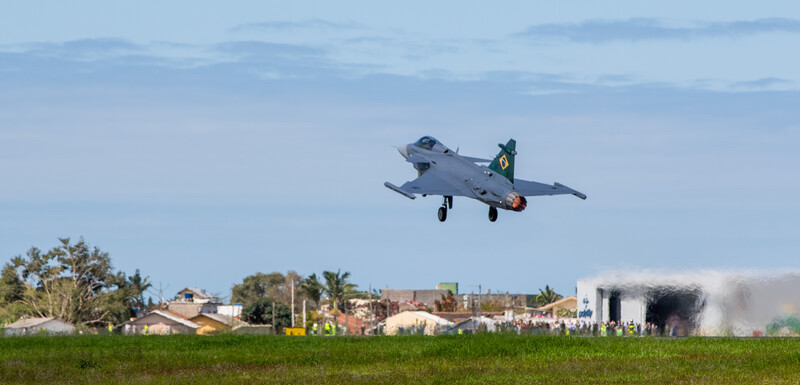
The flight test programme will be expanded to include the Gripen Flight Test Center at Embraer in Gavião Peixoto, which will be fully integrated with the test programme already running at full phase at Saab in Linköping since 2017. Activities in Brazil will include testing of flight control system, environmental control system as well as tests in the aircraft in tropical climate conditions. In addition to the testing that is common for the Gripen E Programme, unique features of the Brazilian aircraft, such as weapons integration as well as the Link BR2 communication system – which provides encrypted data and voice communication between the aircraft – will be tested in Brazil.
The production aircraft will be delivered to the Brazilian Air Force, at Wing 2 in Anápolis (Goiás State), by the end of 2021.
